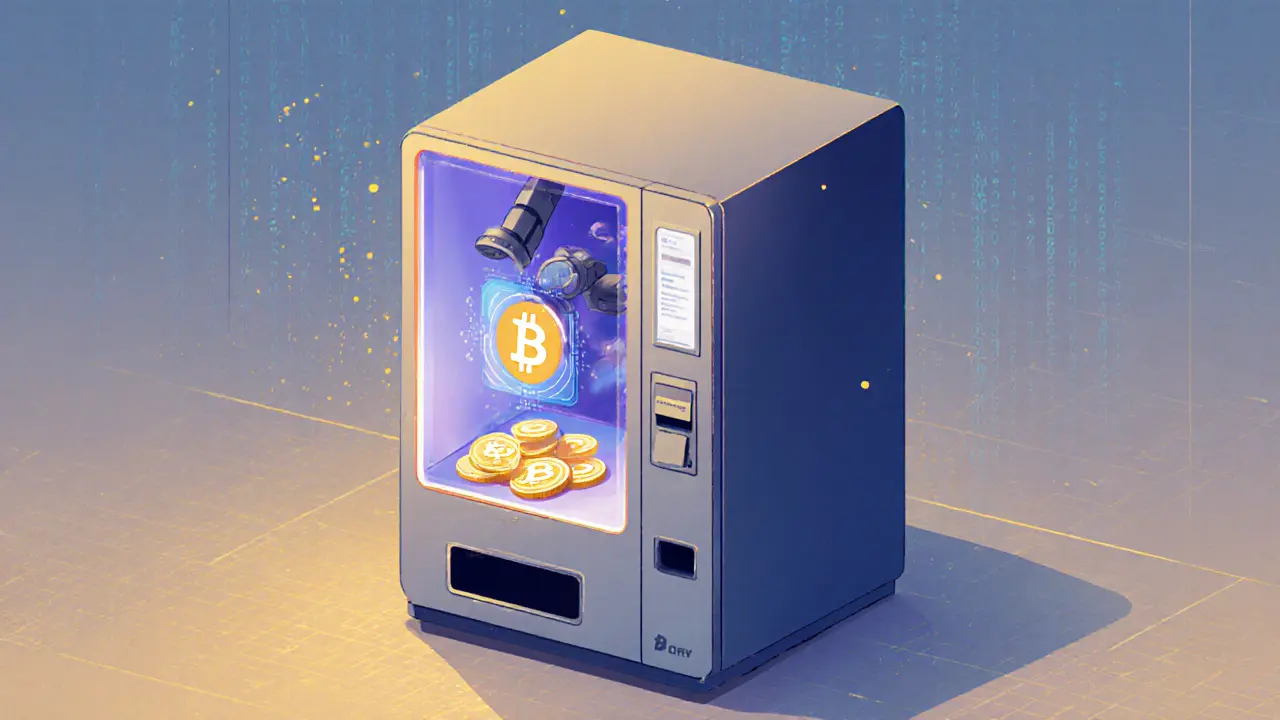When working with Solidity, a high‑level, contract‑oriented language designed for the Ethereum Virtual Machine. Also known as Ethereum's native language, it lets developers write code that runs exactly as programmed without downtime.
Another core entity is Ethereum, a decentralized, open‑source blockchain platform that supports programmable money. Ethereum hosts the majority of decentralized applications (dApps) and provides the execution environment for Solidity contracts.
Closely linked is Smart Contracts, self‑executing agreements with the terms directly written into code. They are the building blocks of DeFi, NFTs, and many other blockchain services.
Finally, DeFi, a suite of financial protocols that operate without traditional intermediaries relies heavily on Solidity‑based contracts to automate lending, trading, and yield farming.
Solidity enables smart contracts to run on Ethereum, which in turn powers the explosive growth of DeFi. This relationship forms a clear triple: Solidity → enables → Smart Contracts, Smart Contracts → drive → DeFi, and DeFi → expands → Ethereum usage. Understanding these links helps you see why mastering Solidity opens doors to the entire ecosystem.
Every ERC‑20 token, the most common token standard, is written in Solidity. The same goes for ERC‑721 NFTs and newer extensions like ERC‑1155. Because token standards are the currency of blockchain projects, Solidity becomes the lingua franca for creators. When you deploy a new token, you’re essentially writing a Solidity contract that follows a predefined interface.
Development tools such as Remix, Hardhat, and Truffle are built specifically for Solidity. They offer debugging, testing, and deployment pipelines that streamline the coding process. Without Solidity, these tools would have no target language, and the rapid iteration cycles that modern developers enjoy would grind to a halt.
Security is another critical angle. Solidity contracts, once published, are immutable. A single bug can lock up millions of dollars, as seen in several high‑profile hacks. That’s why static analysis tools, formal verification, and best‑practice patterns are tightly coupled with Solidity development. Knowing Solidity isn’t just about writing code; it’s about protecting value.
If you’re looking to master Solidity, start with the basics: data types, control structures, and the Ethereum Virtual Machine model. Then move on to advanced topics like gas optimization, proxy patterns, and upgradeable contracts. Real‑world practice comes from building simple token contracts, then iterating toward more complex DeFi primitives.
The posts below cover a wide range of Solidity‑related topics. You’ll find detailed reviews of DeFi platforms that rely on Solidity contracts, step‑by‑step guides on token airdrops that use ERC‑20 logic, and deep dives into cross‑protocol integrations that showcase Solidity’s interoperability. Whether you’re a beginner curious about how smart contracts work or an experienced coder eyeing the next yield farming hack, the collection offers actionable insights.
In addition to pure Solidity tutorials, the list includes articles on blockchain fee estimation, validator networks, and token vesting—areas where Solidity code underpins the mechanics. By reading through, you’ll see how Solidity interacts with other entities like transaction fee algorithms (EIP‑1559), validator incentives, and tokenomics models.
To get the most out of this resource, keep a notebook handy. Jot down common patterns you spot, note gas‑saving tricks, and compare how different projects implement similar functionalities. Over time, those observations will become your personal Solidity playbook.
Now that you’ve got a solid overview of Solidity, its ecosystem, and why it matters, dive into the articles below. You’ll discover practical examples, real‑world case studies, and the latest trends that keep Solidity at the heart of blockchain innovation.

Learn how smart contracts work on blockchain, their benefits, key platforms, real‑world uses, risks, and how to deploy your first contract.